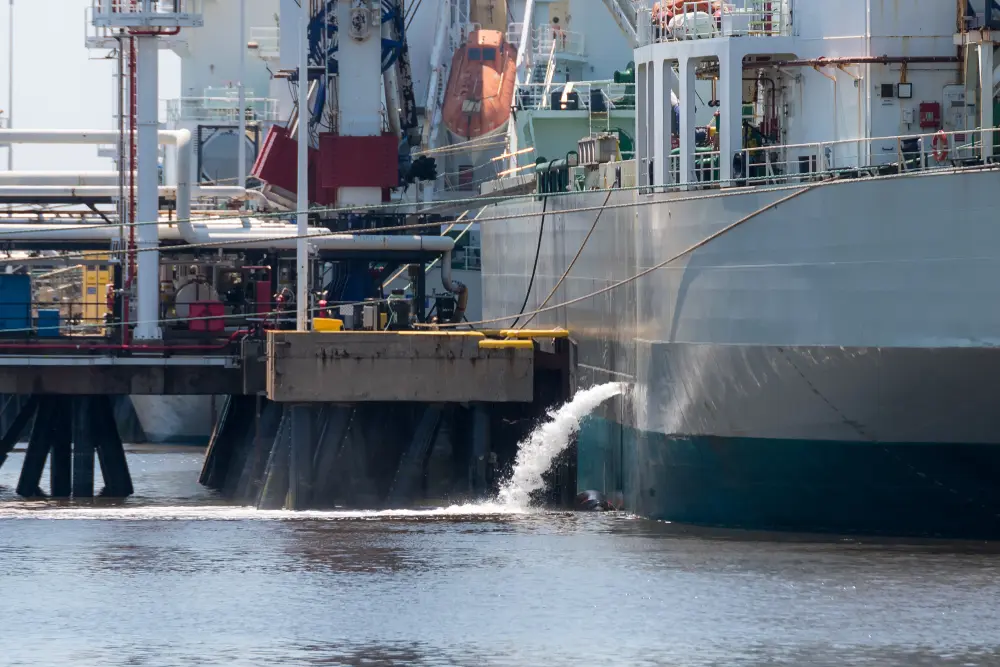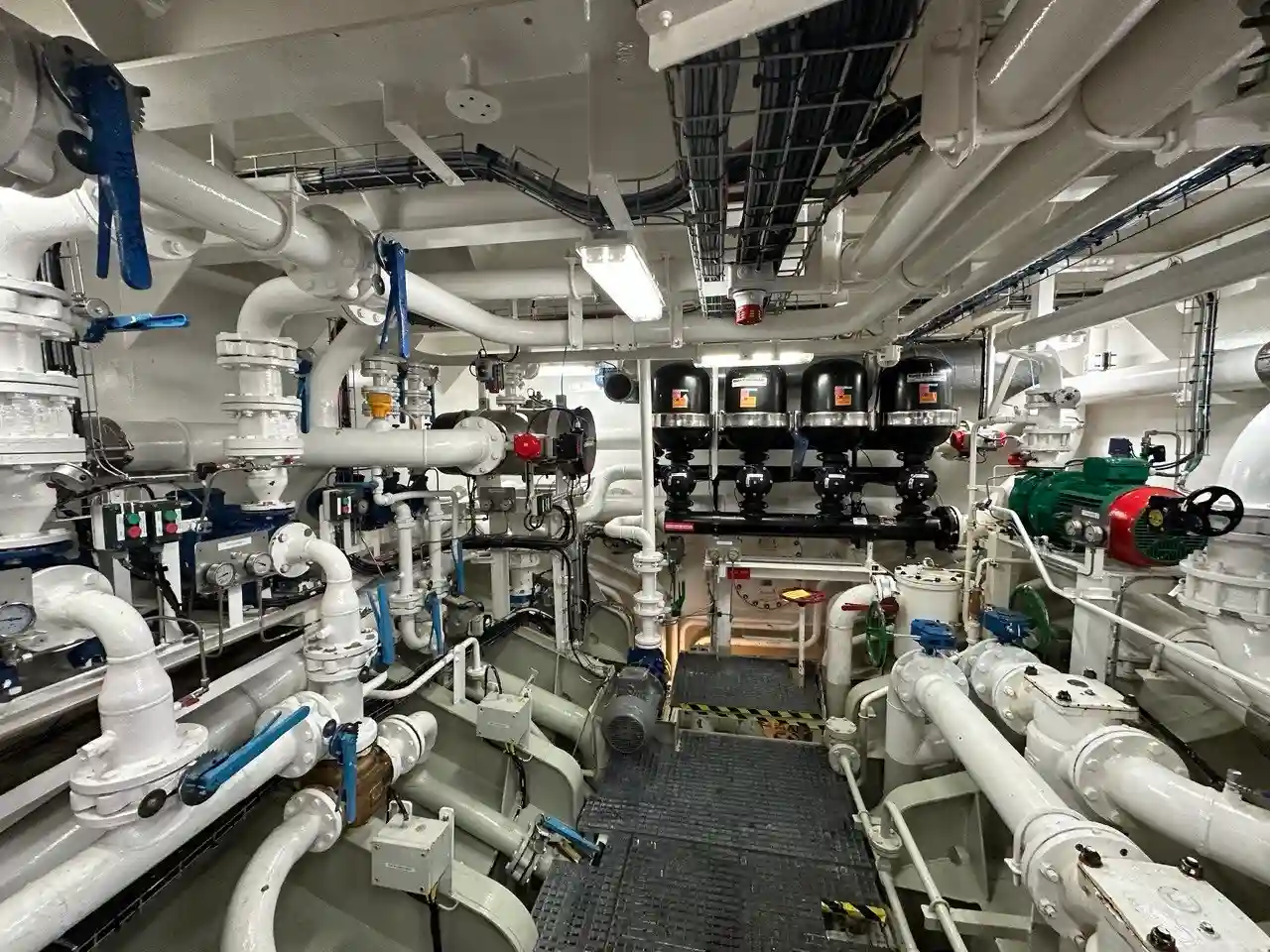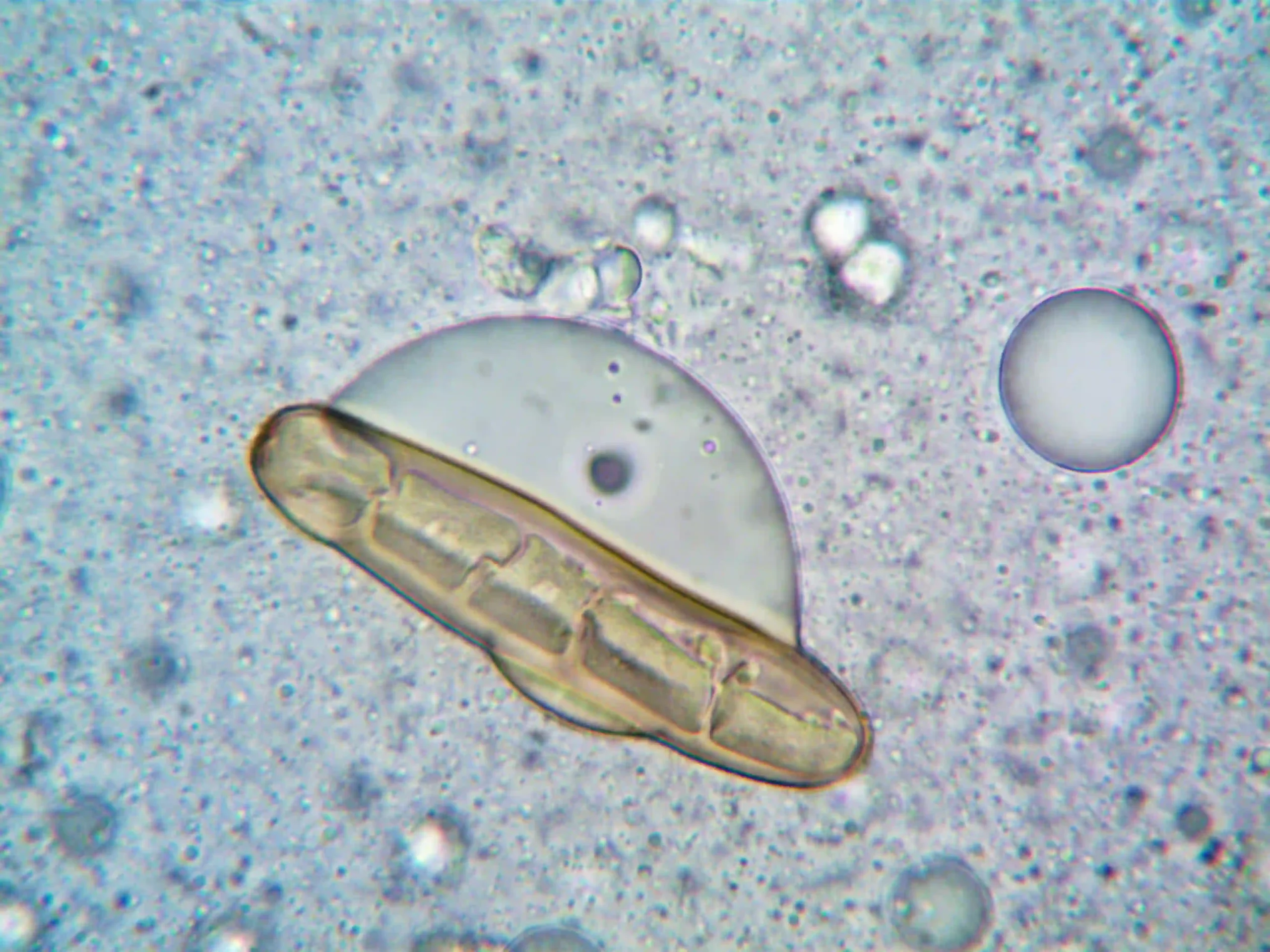Vessels sailing to the United States must have a Vessel General Permit (VGP) to validate that their Ballast Water Treatment System (BWTS) complies with the imposed standards. Following our blog post on VGP, we intend to provide you with additional information about the latest developments and the essential steps to ensure your vessel is safe and compliant.
From VGP To VIDA
The VGP was created in response to a lawsuit challenging the US Environmental Protection Agency (EPA) exemption of discharges from permitting requirements under the Clean Waters Act‘s National Pollutant Discharge Elimination System (NPDES). This exemption had been in place for approximately 30 years before being found illegal by a federal court in 2005. As a result, the EPA was required to develop a permitting program for incidental discharges, which led to the creation of the VGP.
The VGP, which was issued in 2008 and then updated to a stricter version in 2013, provides nationwide NPDES permit coverage for incidental discharges from commercial vessels over 79 feet in length. The VGP sets the limits and describes the Best Management Practices to manage certain discharges. It also requires vessel owners to perform routine and annual inspections and imposes recordkeeping obligations.
In December 2018, the Vessel Incidental Discharge Act (VIDA) was signed to establish uniformity, consistency, and certainty in the regulation of incidental discharges from U.S. and foreign-flag vessels.
The VIDA applies to:
- Commercial vessels greater than 79 feet in length;
- Other non-recreational, non-Armed Forces vessels; and
- Ballast water only from small vessels (less than 79 feet in length) and fishing vessels of all sizes.
Even if the initial timeline to ratify the uniform performance standard was two years, the standards have not been developed until now. The EPA mentioned that the new federal discharge limits will be communicated in the autumn of 2024.
VGP Enforcement
Up until recently, the EPA had taken very few actions to enforce violations of the VGP. The consequences for these violations varied, with some receiving only warning letters or small fines for minor offences, while more serious violations resulted in fines ranging from around $20,000 to $40,000.
VGP Updates
The EPA has recently increased its scrutiny of vessels and their compliance with the VGP. This includes reviewing vessel records, conducting inspections and using its authority to issue information requests under the Clean Water Act to investigate potential violations. The EPA is focusing on failures to comply with annual inspection requirements, failure to file Notices of Intent and non-compliance with Ballast Water Management Systems. There have been significant enforcement actions in EPA Regions VI, IX, and X, resulting in penalties for violations. The EPA has indicated that this is just the beginning and that companies need to comply with VGP requirements to avoid significant penalties.
For US waters, USCG/EPA requirements for VGP compliance are:
- Annual system checks – all components, alarm log, software update (or more frequently if warranted or recommended by the maker)
- Annual system tests – all functions
- Annual calibration – sensors for UV, flow, temperature and pressure
- EPA expects that many sensor types (e.g. pH probes, TRO sensors, turbidity sensors) will need to be calibrated more frequently. This can be done aboard or ashore but the vessel must not discharge ballast water when the sensors are inoperable.
- Annual water sampling for bacteria
- Bi-annual residual biocide sampling
- Annual crew training
VGP for Your Vessel
The EPA’s tough enforcement approach, coupled with the delayed implementation of VIDA, poses increased risks for maritime organisations. These risks include the potential of penalties for VGP violations, high compliance costs and increased scrutiny. Companies should review their compliance programs and ensure they comply with VGP requirements. The compliance programs should be practical and straightforward for crewmembers to follow and include procedures for reporting non-compliance. Companies must act immediately if they discover a violation and report it accordingly. Note that although self-sampling is permitted, strict procedures are required to ensure correct handling and timely transportation of samples. All of which must be correctly logged within specified timeframes.
Mr. Marine Ballast – Your VGP Partner
We perform VGP compliance testing, Testing of Effluent BWTS Biocide Residual, and maintenance on most BWTS to ensure your system is compliant. Mr. Marine Ballast provides a fully project-managed service, whereby samples are taken by trained specialists and tested in accreditated laboratories. Entrusting your VGP sampling to Mr. Marine Ballast ensures that your BWTS samples are taken from optimum locations and transported according to EPA guidelines. By following these procedures, Mr. Marine Ballast contains the risk of contamination or multiplying of bacteria which minimises the risk of a negative test. The final report will also include a Chain of Custody (COC) which is a specific EPA requirement.
We are your reliable partner for VGP Compliance Sampling, serving vessels in more than 375 ports worldwide, 24/7. Contact our team today!











